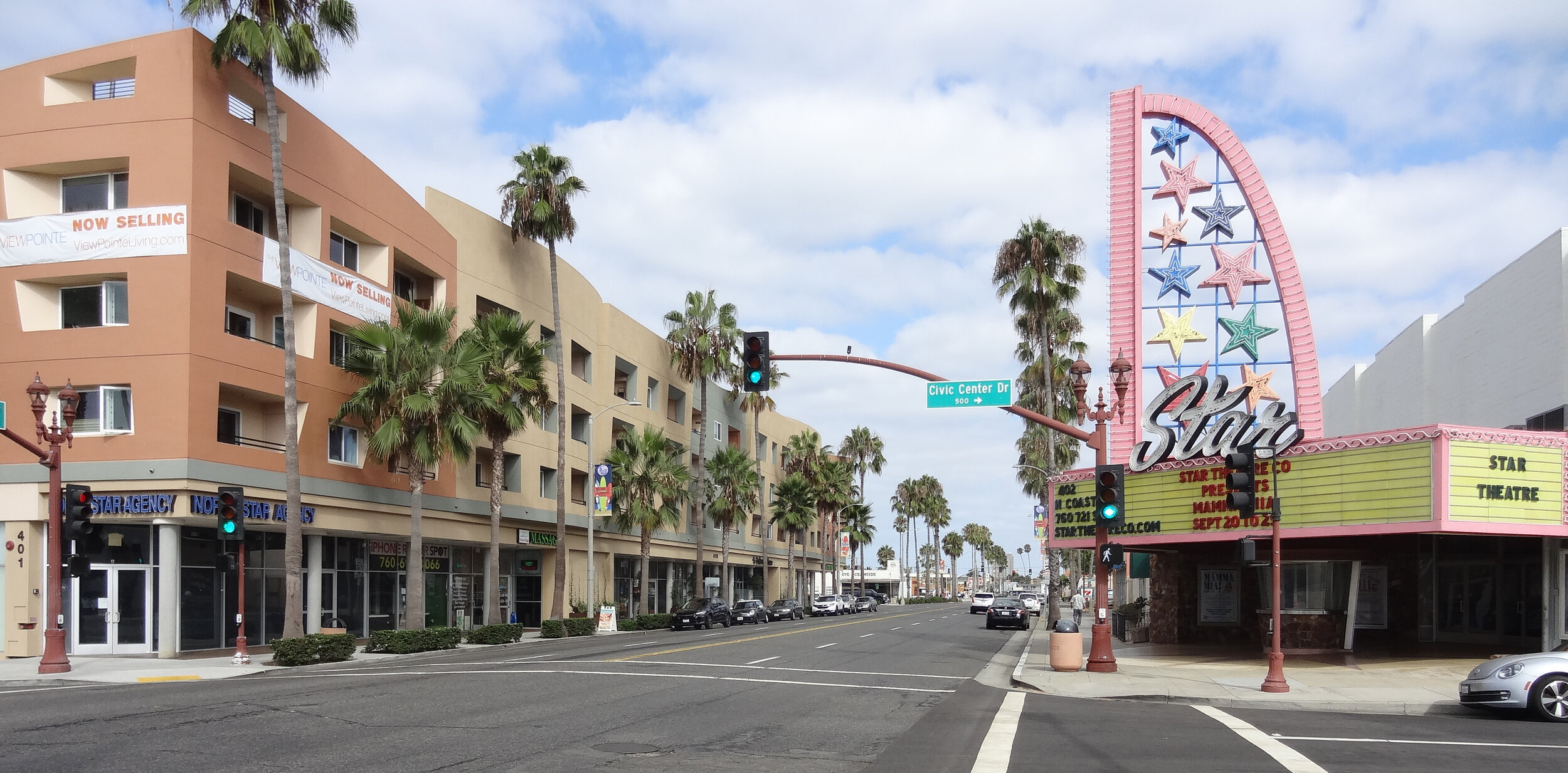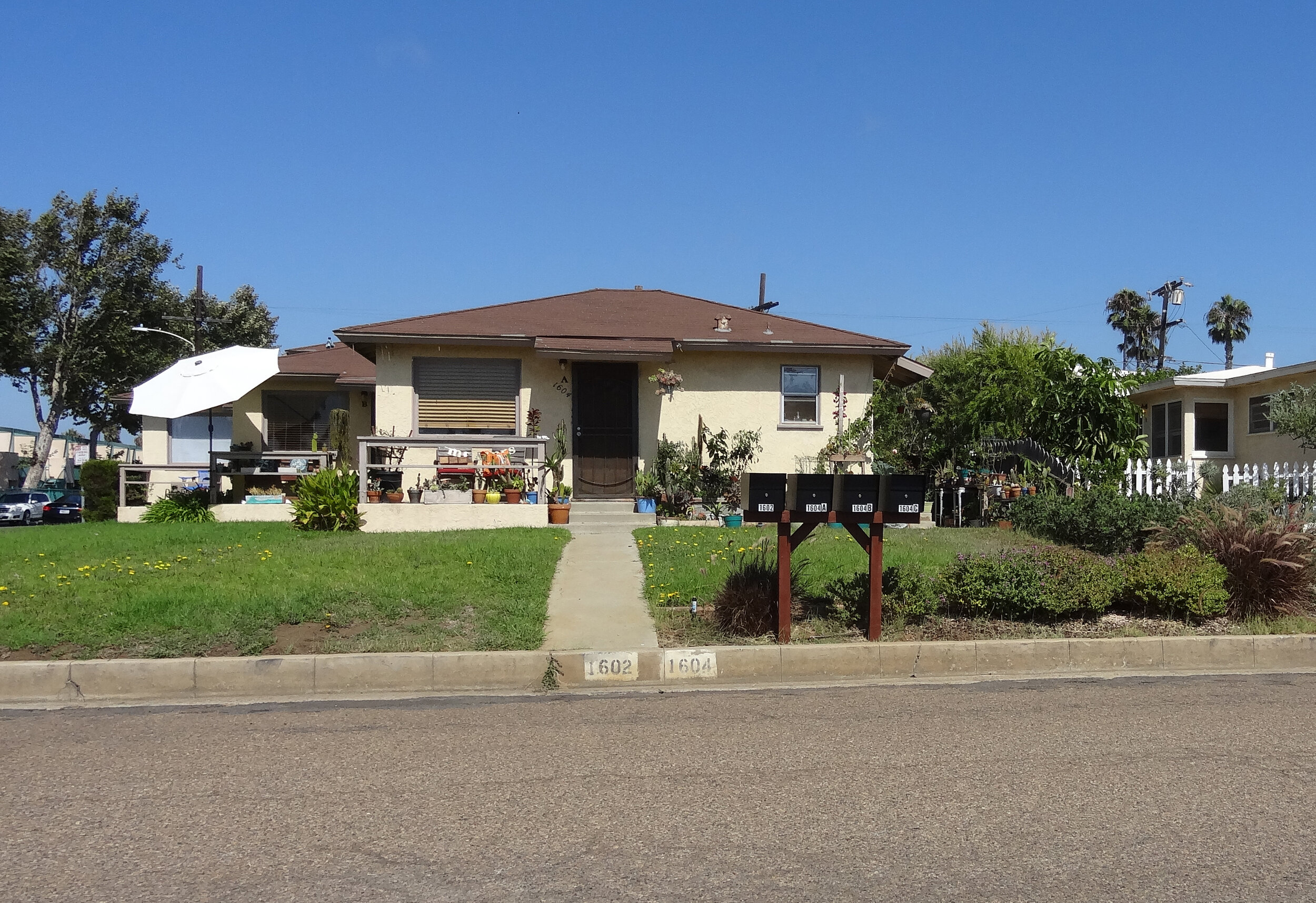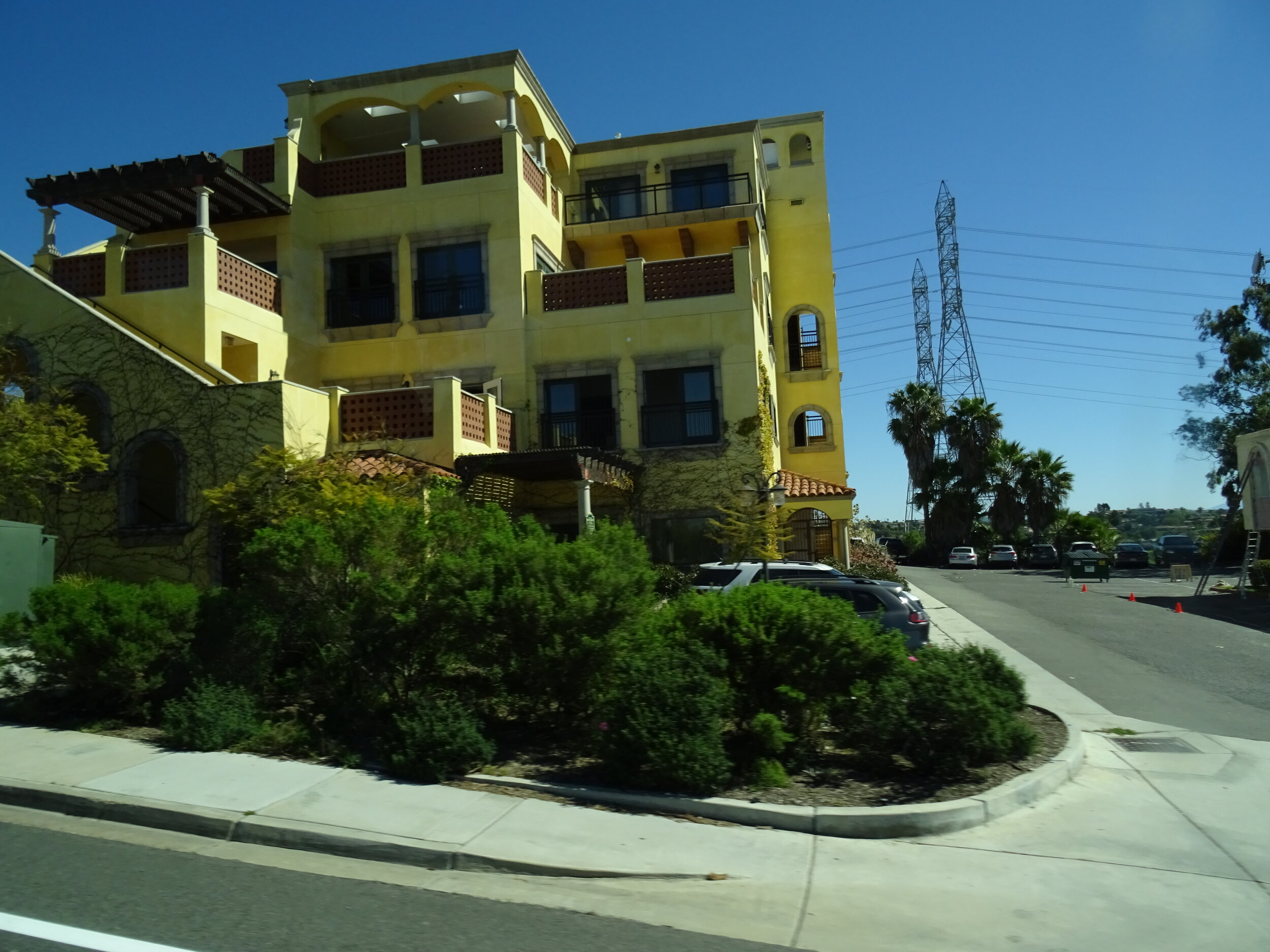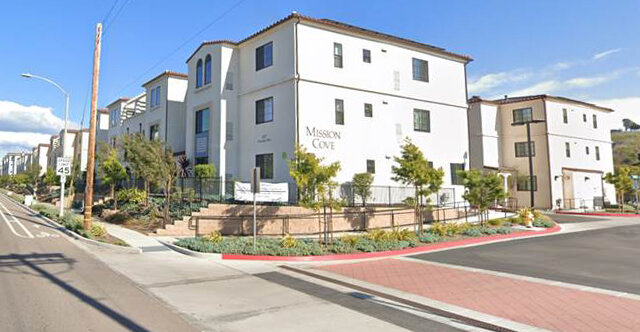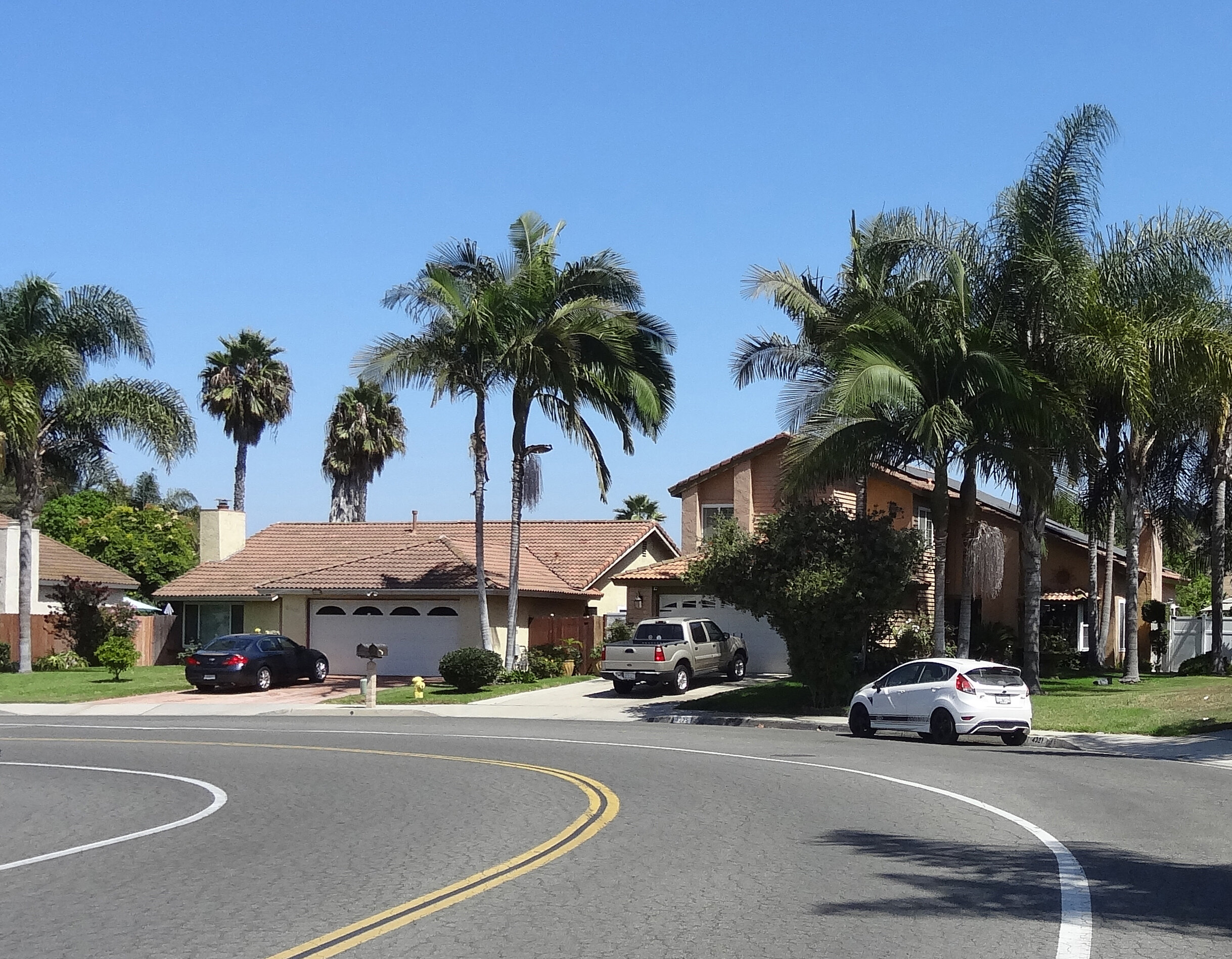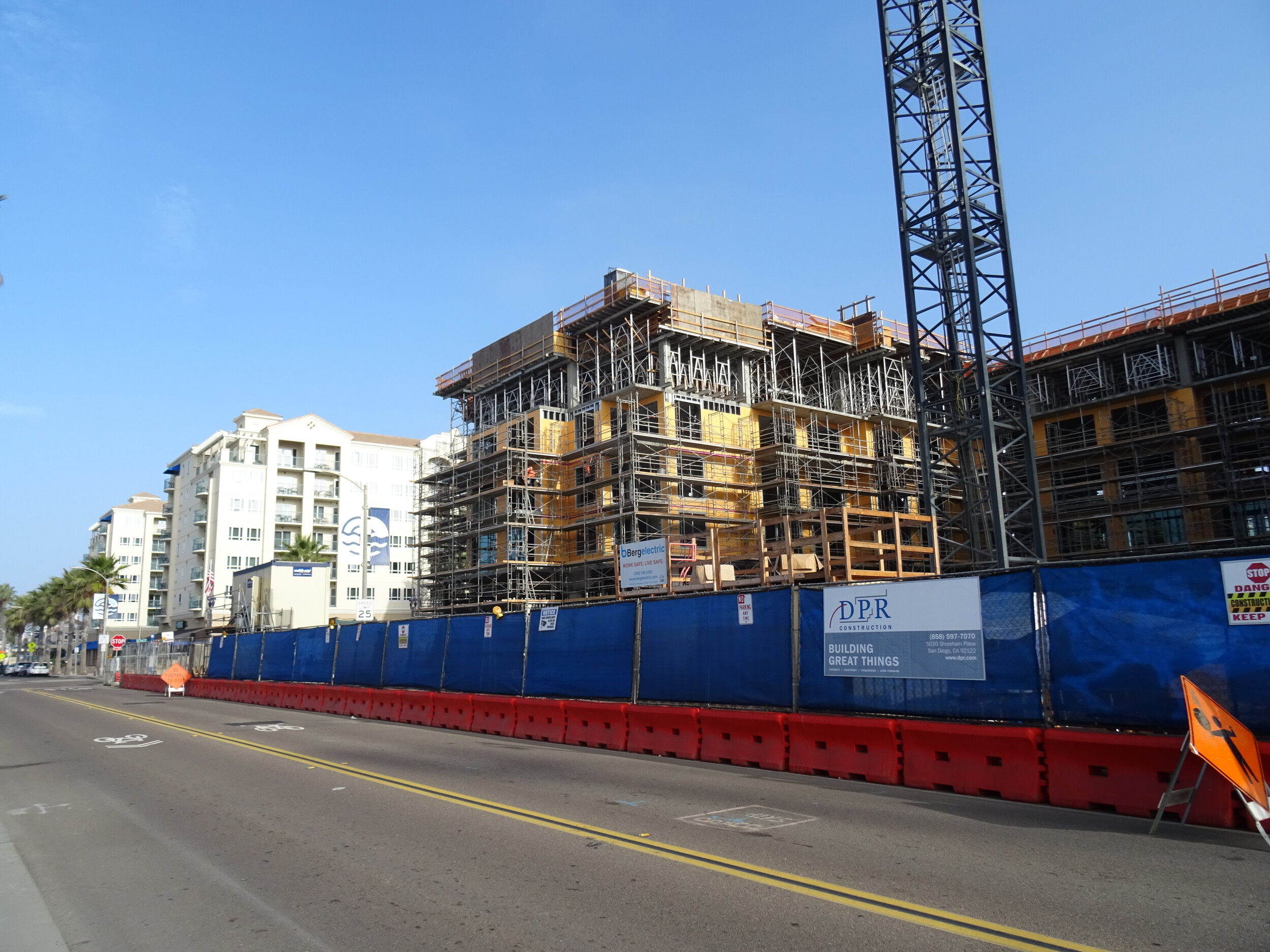The City of Oceanside is updating its Housing Element. The State of California requires Oceanside to update its Housing Element every eight years and demonstrate that it can meet the housing needs of all community members regardless of income. The next Housing Element Cycle for Oceanside is effective from April 15, 2021 to April 15, 2029.
Read latest project documents here.
What is the purpose of the Housing Element?
The primary function of the Housing Element is to identify the housing needs of all Oceanside residents and provide goals and strategies for developing and preserving an adequate supply of housing for all income levels. The Housing Element places an emphasis on providing affordable housing opportunities for lower income households and special-needs groups.
Key Components of the Housing Element?
Housing Needs: The Housing Element evaluates Oceanside’s existing housing supply and analyses the City’s population, employment, and household characteristics to address topics such as low income housing needs, overpayment, and overcrowding.
Special Groups: The Housing Element identifies and addresses housing needs for special groups such as farmworkers, large households and female-headed households, people experiencing homelessness, people with disabilities, and seniors.
Housing Sites Inventory: The sites inventory identifies vacant and non-vacant land throughout the City that is suitable for residential development. The inventory must demonstrate that there is adequate capacity to meet the City’s RHNA obligation of 5,443 dwelling units. Housing is allowed on any site zoned for residential use, including commercial zones that allow mixed-use development. The sites inventory identifies preferred locations for development based on factors such as parcel size, availability of utilities, site constraints, and proximity to transit.
Constraints: The Housing Element must identify and analyze governmental constraints that potentially impact the maintenance, improvement, or development of housing. This includes an analysis of the City’s codes and regulations, permitting process, fees, development standards (ie water, sewer, curb, gutter, and sidewalk), and other non-governmental constraints that may hinder the production of housing.
Programs: The Housing Element must identify specific programs that describe how the City will implement and achieve its housing goals and policies. Programs are typically implemented by action items that must be completed during the eight year housing cycle. For example, the City completed a program to encourage farmworker housing by updating the Zoning Ordinance to allow farmworker housing “by-right” in agricultural areas.
How can I get involved?
Your input matters and we would like to hear from you!
The Housing Element is important to Oceanside residents in many ways, including:
Allows residents to provide input on the location and type of housing that is needed in Oceanside
Establishes a sites inventory that not only meets the City’s RHNA obligation, but identifies preferred housing locations consistent with Oceanside’s vision of future growth
Promotes affordable housing construction and equal housing opportunities
Preserves at-risk housing stock from conversion to market rate housing and promotes rehabilitation of existing housing stock
Identifies Oceanside’s vulnerable populations and ways to improve quality of life
Allows the City to access to grant opportunities for infrastructure and capital improvement projects for the benefit of housing
Evaluates process improvements and permit streamlining that encourages private sector housing production to help the City achieve its RHNA goal.
You are encouraged to participate and provide input by the following methods:
1. Mail or email comments to the Housing Element project manager:
Nathalie Vasques
Associate Planner
City of Oceanside Planning Division
300 N. Coast Hwy., Oceanside, CA 92054
NaVazquez@oceansideca.org
2. Sign up for the interested parties list to be notified of project updates, upcoming virtual workshops, and public hearings.
What is RHNA and how does Oceanside plan on meeting its fair share of regional housing?
State law requires all cities and counties to provide a plan to accommodate their fair share of affordable housing known as the Regional Housing Needs Assessment, or RHNA. The RHNA is allocated to each region of the state by the CA Department of Housing and Community Development (HCD) in consultation with regional council of governments. The San Diego Association of Governments (SANDAG) represents all jurisdictions in San Diego County, including Oceanside.
For the next housing cycle, San Diego County has been assigned a RHNA of 171,685 housing units with the City of Oceanside receiving an allocation of 5,443 units at four income levels (Very Low, Low, Moderate, and Above Moderate).
Oceanside’s Housing Element must demonstrate that there are sufficient sites to accommodate its fair share of affordable housing by preparing an inventory of potential housing sites throughout the City. The City intends to meet its RHNA obligation by focusing future housing development in smart growth opportunity areas, which feature sites that are transit-oriented, walkable, and served by adequate infrastructure. As part of the comprehensive General Plan update, the City is preparing a Smart and Sustainable Corridors specific plan that envisions future residential growth to occur along the major commercial corridors such as Mission Avenue, Oceanside Boulevard, and Coast Highway.
Overview of the 6th Cycle RHNA Process
The Regional Housing Needs Assessment (RHNA) number for the San Diego region was determined by HCD, in consultation with SANDAG, by calculating a demographic housing need for the region based on headship and vacancy rates, household size, and other factors in state law; then divided into four income categories (Very Low, Low, Moderate, and Above Moderate). The 6th Cycle RHNA for the San Diego region is 171,685 housing units.
Following the RHNA assignment, SANDAG prepared a methodology used to allocate a share of the RHNA to each city and unincorporated area in San Diego County. The 6th Cycle methodology focused on moving the region toward greater sustainability by allocating housing based on three factors: 1) The availability of transit in urbanized areas where there is existing and planned transportation infrastructure, including proximity to commuter and light rail, rapid buses, and major transit stops; 2) The availability of jobs in each jurisdiction with the goal to provide opportunities for more residents to live near their place of employment; and 3) A focus on equitably distributing low-income housing throughout the region.
Please review the SANDAG 6th Cycle RHNA Report for more information about the RHNA process and methodology in the San Diego region. These documents may also be helpful: Housing and Community Development (HCD) Building Blocks of a Housing Element and Oceanside Housing Element 2013-2020.



